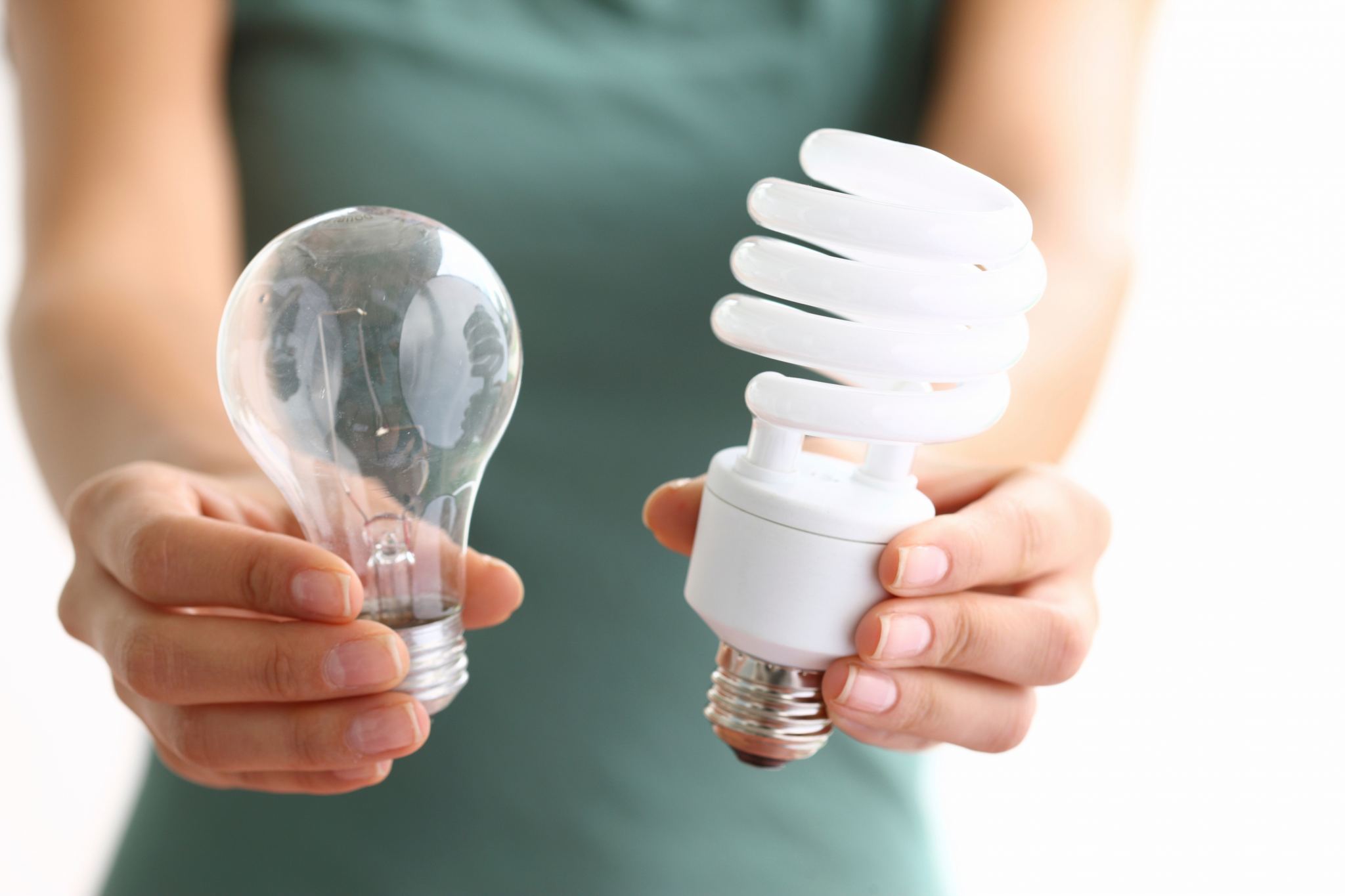

Articles
What Type Of Energy Does A Light Bulb Use
Modified: February 28, 2024
Discover the different types of energy used by light bulbs in this informative article. Learn about the benefits and drawbacks of each energy source.
(Many of the links in this article redirect to a specific reviewed product. Your purchase of these products through affiliate links helps to generate commission for Storables.com, at no extra cost. Learn more)
Introduction
When it comes to lighting our homes and spaces, light bulbs play a crucial role. They provide the illumination we need to carry out our daily activities, create ambiance, and enhance our overall living environment. However, not all light bulbs are created equal in terms of the type of energy they use. Understanding the different types of light bulbs and their energy sources can help us make informed choices when it comes to lighting our spaces.
In this article, we will explore the various types of light bulbs available and the different energy sources they utilize. From traditional incandescent bulbs to newer energy-efficient options, we will delve into each type to understand their unique qualities and environmental impact.
By the end of this article, you will have a comprehensive understanding of the different energy sources used by various light bulb types, enabling you to choose the most suitable option for your lighting needs while also considering energy efficiency and sustainability.
Key Takeaways:
- Choose LED light bulbs for maximum energy efficiency, cost savings, and environmental sustainability. Their long lifespan, versatility, and minimal heat generation make them the ideal choice for both residential and commercial lighting needs.
- When selecting light bulbs, consider energy efficiency, lifespan, and environmental impact. LED bulbs outshine traditional options with their exceptional efficiency, durability, and eco-friendly features, providing long-term benefits for your wallet and the planet.
Read more: What Type Light Bulb For Bathroom
Incandescent Light Bulbs
Incandescent light bulbs have long been a popular choice for lighting homes and commercial spaces. These bulbs work by passing an electric current through a filament, which glows and produces light as a result of the heat generated. The energy source used by incandescent bulbs is electricity.
One of the main advantages of incandescent bulbs is their affordability. They are generally inexpensive to purchase, making them a budget-friendly option for many consumers. However, their energy efficiency leaves much to be desired. Incandescent bulbs convert only about 10% of the energy they use into visible light, wasting the remaining 90% as heat.
Due to their inefficiency, incandescent bulbs have been phased out in many countries in favor of more energy-efficient alternatives. These bulbs have a relatively short lifespan – typically around 1,000 hours – which means they need to be replaced more frequently compared to other types of light bulbs.
From an environmental standpoint, incandescent bulbs have a higher carbon footprint compared to energy-efficient options. Since they consume more electricity and emit more heat, they contribute to higher energy consumption and greenhouse gas emissions. As a result, many governments and organizations have encouraged the transition to more environmentally friendly alternatives.
While incandescent bulbs may still be available in some places, it is advisable to consider more energy-efficient options to reduce energy consumption, lower electricity bills, and minimize environmental impact.
Compact Fluorescent Light Bulbs
Compact Fluorescent Light Bulbs (CFLs) are a more energy-efficient alternative to traditional incandescent bulbs. These bulbs work by passing an electric current through a tube containing argon and a small amount of mercury vapor. The mercury vapor produces ultraviolet light, which in turn stimulates a phosphor coating inside the tube to emit visible light. The energy source used by CFLs is also electricity.
CFLs offer significant advantages over incandescent bulbs in terms of energy efficiency. They convert about 70% of the energy they use into visible light, making them much more efficient in producing illumination while consuming less electricity. This increased efficiency translates to lower energy bills and reduced greenhouse gas emissions.
Another benefit of CFLs is their longer lifespan. On average, CFLs can last up to 10,000 hours, which is significantly longer than traditional incandescent bulbs. This longer lifespan means fewer replacements, resulting in cost savings and less waste.
While CFLs are more energy-efficient, they do have some drawbacks. One such drawback is the presence of mercury in the bulbs. While the amount of mercury in a CFL is relatively small, proper disposal is essential to avoid environmental contamination. Many communities have established recycling programs to ensure the safe handling and disposal of CFLs.
Furthermore, CFLs may take a short amount of time to reach full brightness when switched on, unlike incandescent bulbs, which provide immediate illumination. However, technological advancements have improved the warm-up time of CFLs in recent years, reducing this issue.
Despite these limitations, CFLs remain a popular choice for energy-conscious consumers. Their energy efficiency and longer lifespan make them a cost-effective and environmentally friendly lighting option for residential and commercial spaces.
Light bulbs typically use electrical energy to produce light. When the light bulb is turned on, the electrical energy is converted into light and heat energy.
Halogen Light Bulbs
Halogen light bulbs are a type of incandescent bulb that incorporates halogen gas to improve efficiency and longevity. These bulbs work by passing an electric current through a tungsten filament enclosed in a small quartz capsule filled with halogen gas, such as iodine or bromine. The energy source used by halogen bulbs is also electricity.
One of the main advantages of halogen bulbs is their high level of brightness and crisp white light output. They are often used in applications where clear and focused illumination is required, such as task lighting or accent lighting.
Halogen bulbs are more energy-efficient than traditional incandescent bulbs, but still less efficient compared to newer options like CFLs or LEDs. They typically convert around 20% of the energy they use into visible light, with the rest being wasted as heat.
However, halogen bulbs have a longer lifespan compared to traditional incandescent bulbs, lasting anywhere from 2,000 to 4,000 hours. This longer lifespan means less frequent replacement and lower maintenance costs.
Another advantage of halogen bulbs is their ability to provide instant illumination at full brightness. Unlike CFLs that may take some time to warm up or reach maximum brightness, halogen bulbs deliver immediate light output when turned on.
Halogen bulbs are also known for their compact size and versatility. They come in various shapes and sizes, making them suitable for a wide range of fixtures and applications. Whether you need them for indoor lighting, outdoor lighting, or specialty lighting, halogen bulbs offer flexibility and convenience.
While halogen bulbs are more energy-efficient than traditional incandescent bulbs, they still consume more energy and generate more heat compared to CFLs or LEDs. It is important to consider the specific lighting requirements and energy efficiency goals when choosing between bulb types.
Overall, halogen bulbs remain a popular choice for their brightness, instant illumination, versatility, and longer lifespan compared to traditional incandescent bulbs. However, for those seeking the highest energy efficiency and environmental sustainability, there are more efficient alternatives available in the market.
LED Light Bulbs
LED (Light Emitting Diode) light bulbs have gained significant popularity in recent years due to their energy efficiency, long lifespan, and versatility. These bulbs work by passing an electric current through a semiconductor material, which emits light when electrons recombine with electron holes. The energy source used by LED bulbs is also electricity.
LED bulbs are highly energy-efficient, converting about 95% of the energy they use into visible light. This makes them incredibly efficient in producing illumination while minimizing energy wastage. Their efficiency translates to lower electricity bills and reduced environmental impact in terms of greenhouse gas emissions.
One of the notable advantages of LED bulbs is their exceptional lifespan. On average, LED bulbs can last up to 25,000 to 50,000 hours or even longer, depending on usage. This longevity far surpasses other types of bulbs, making LED bulbs a cost-effective long-term lighting solution.
LED bulbs also offer flexibility in terms of color temperature and control options. They are available in a range of color temperatures, from warm white to cool white, allowing users to create different atmospheres and ambiance. Additionally, LED bulbs are dimmable and can be controlled using smart home systems for convenience and customization.
Another advantage of LED bulbs is their durability and resistance to shock and vibration. Unlike incandescent or fluorescent bulbs, LED bulbs are solid-state lighting devices that do not contain fragile filaments or glass components. This makes them more robust and suitable for various environments, including outdoor lighting or commercial applications.
LED bulbs also do not contain hazardous materials like mercury, making them safer for both human health and the environment. Additionally, they generate significantly less heat compared to other types of bulbs, reducing the risk of overheating or accidental burns.
While LED bulbs may have a higher initial cost compared to traditional incandescent or CFL bulbs, their energy savings and extended lifespan make them a cost-effective long-term investment. Over time, the energy savings will likely offset the higher upfront cost.
LED light bulbs have revolutionized the lighting industry with their energy efficiency, extended lifespan, versatility, and environmental benefits. As technology continues to advance, LED bulbs are becoming even more efficient and affordable, making them an ideal choice for both residential and commercial lighting needs.
Read more: What Is Type A Light Bulb
Conclusion
Choosing the right type of light bulb for your needs involves considering factors such as energy efficiency, lifespan, brightness, and environmental impact. In this article, we explored the different types of light bulbs and the energy sources they utilize.
Traditional incandescent bulbs, while affordable, are highly inefficient and have a short lifespan. They have been phased out in many countries due to their high energy consumption and carbon footprint. Compact Fluorescent Light Bulbs (CFLs) offer improved energy efficiency compared to incandescent bulbs, with a longer lifespan. However, CFLs contain small amounts of mercury and may have a warm-up time before reaching full brightness.
Halogen light bulbs, a type of incandescent bulb, offer brightness and instant illumination but are less energy-efficient than CFLs or LEDs. They have a longer lifespan than traditional incandescent bulbs but still generate more heat and consume more energy. LED light bulbs, on the other hand, are highly energy-efficient and have an exceptionally long lifespan. They offer versatility, durability, and come in various color temperatures. LED bulbs are also eco-friendly, free of hazardous materials, and generate minimal heat.
In conclusion, LED light bulbs are the most energy-efficient and environmentally friendly option available today. They provide significant cost savings over time and offer versatility in terms of color temperature and control options. LED bulbs are a long-term investment that not only benefits your wallet but also contributes to a sustainable future.
It’s essential to consider your specific lighting needs, budget, and sustainability goals when choosing the right light bulb. By opting for energy-efficient options like LED bulbs, you can reduce energy consumption, cut down on electricity costs, and minimize your carbon footprint while enjoying quality lighting for your home or business.
Frequently Asked Questions about What Type Of Energy Does A Light Bulb Use
Was this page helpful?
At Storables.com, we guarantee accurate and reliable information. Our content, validated by Expert Board Contributors, is crafted following stringent Editorial Policies. We're committed to providing you with well-researched, expert-backed insights for all your informational needs.
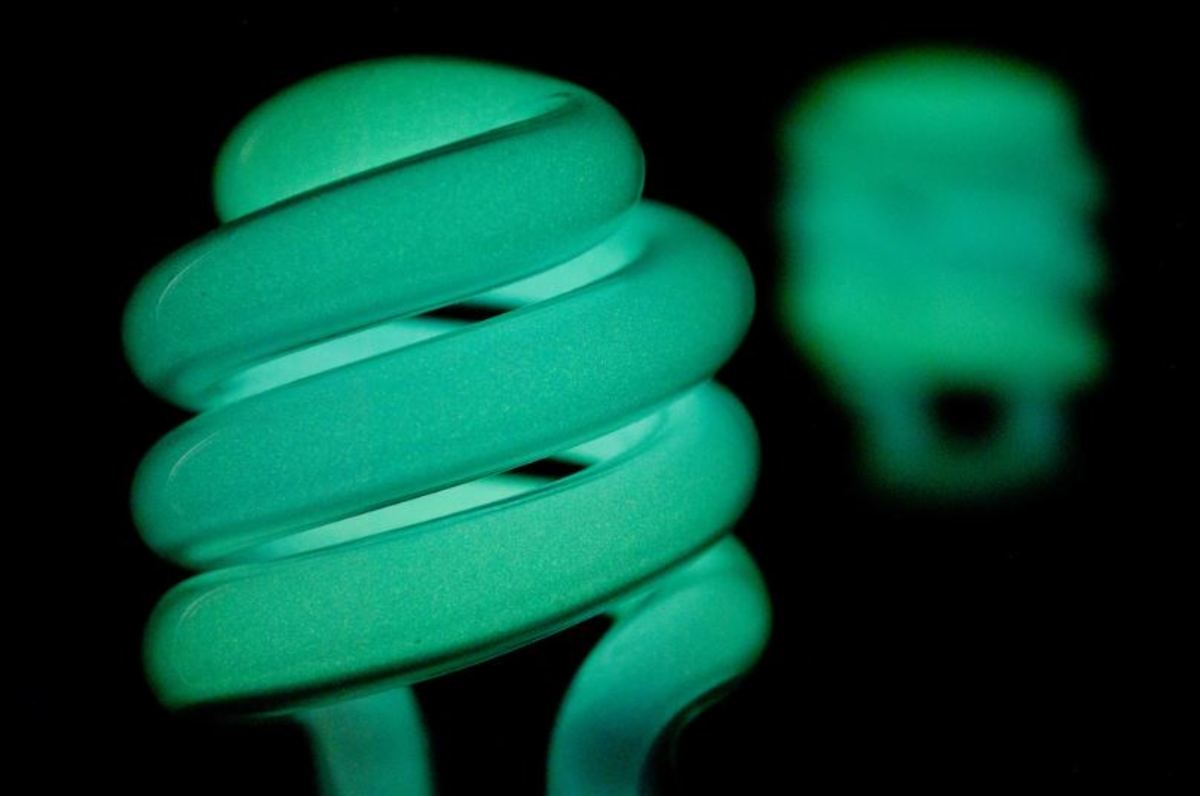
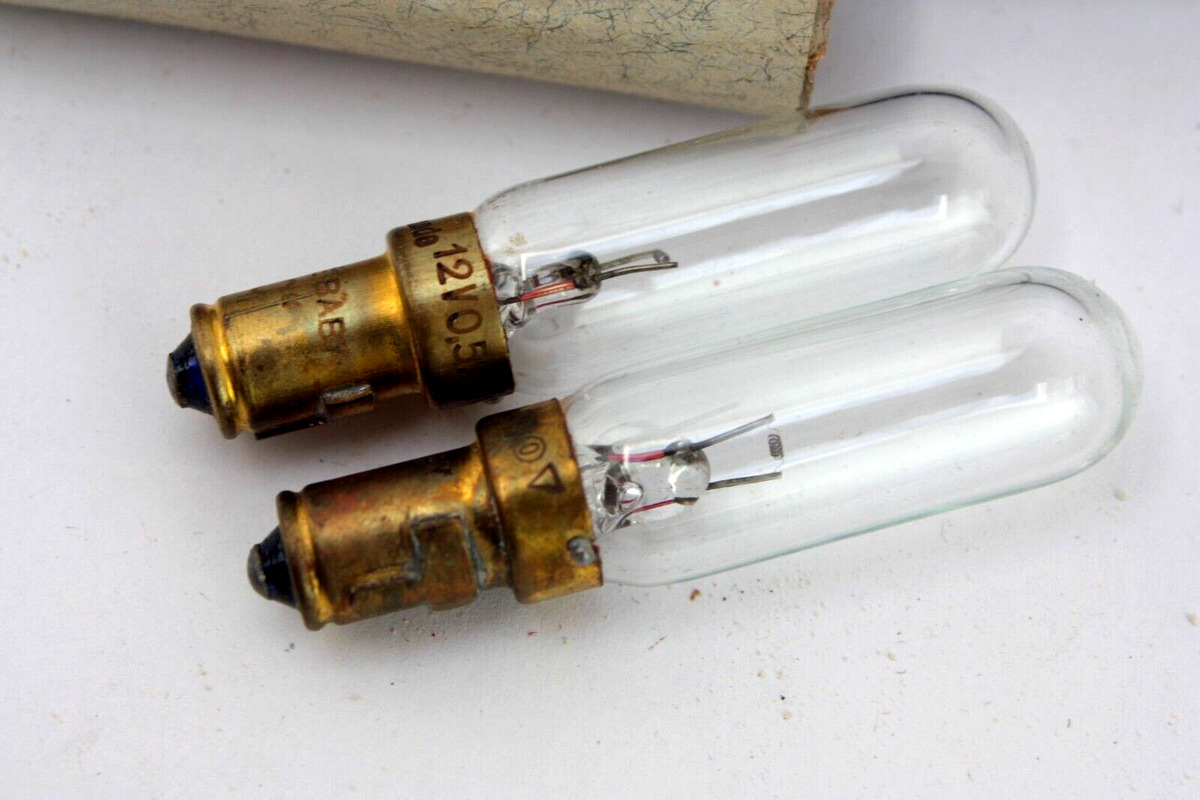
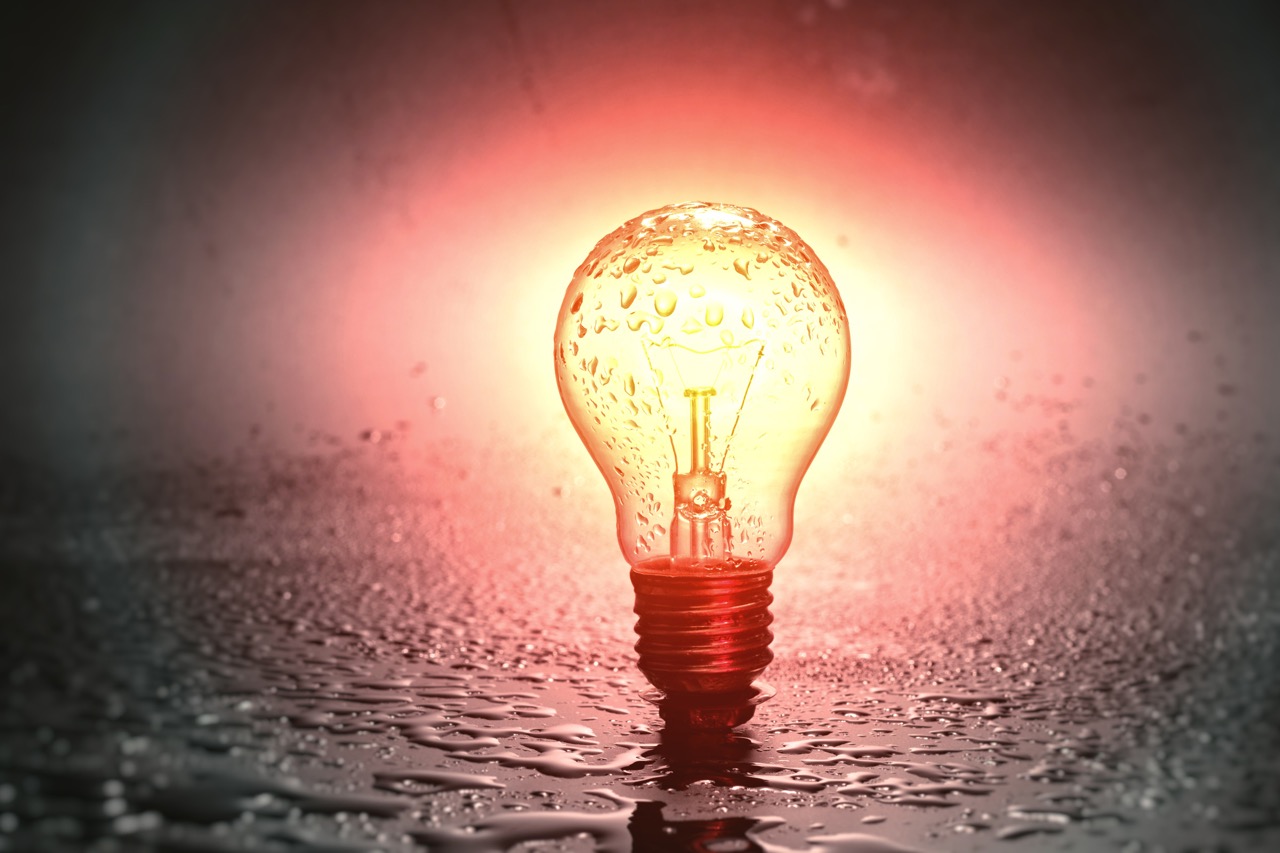
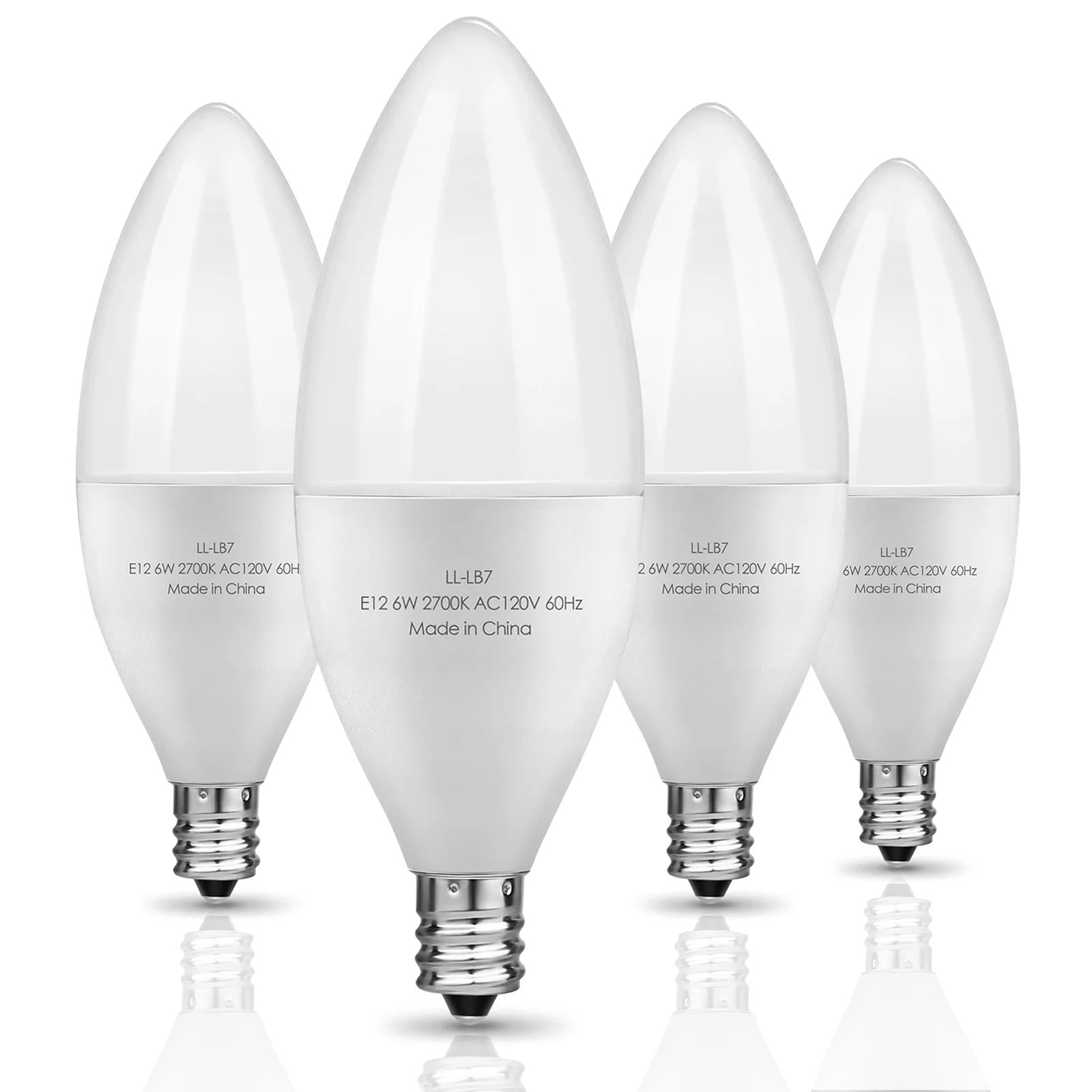
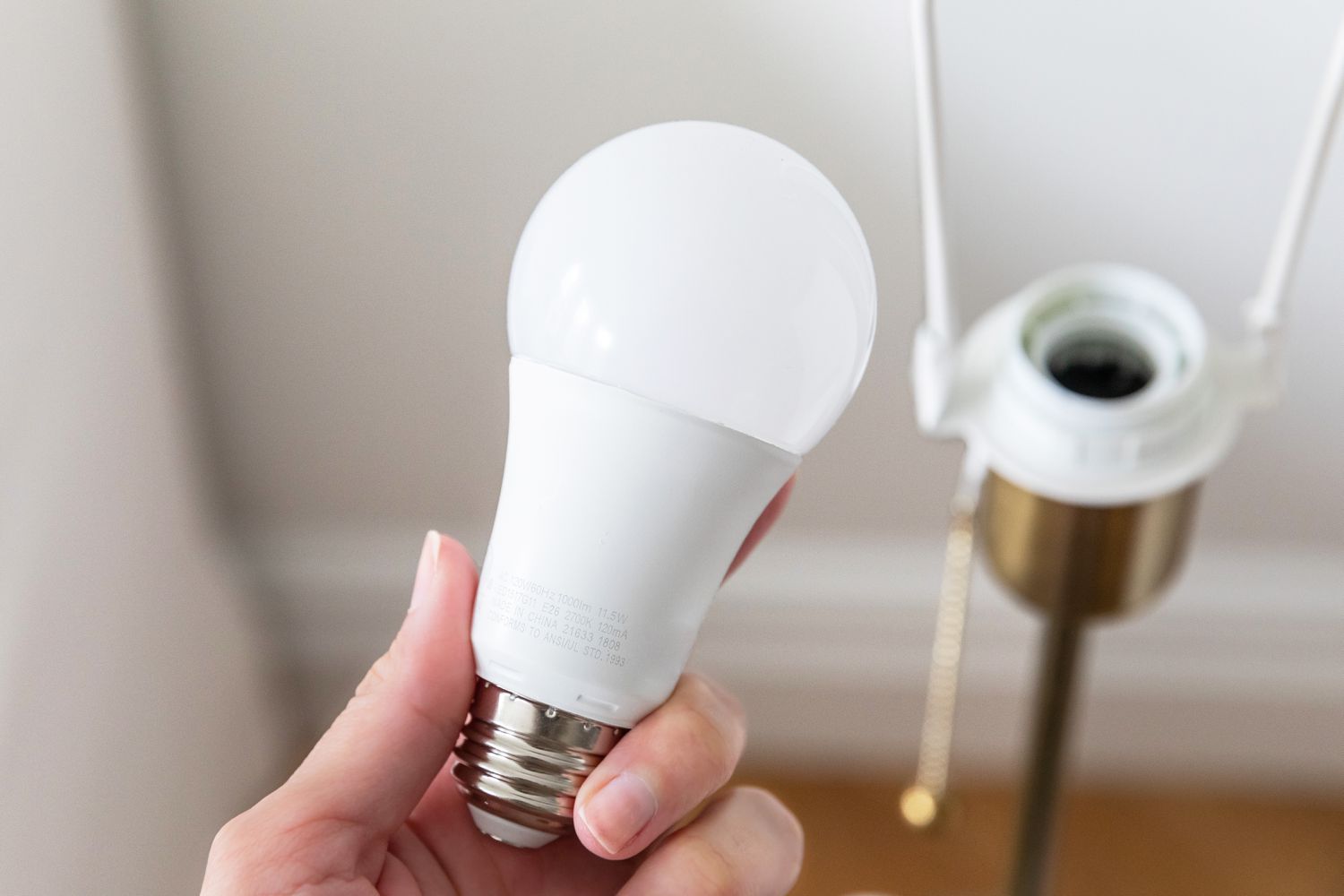
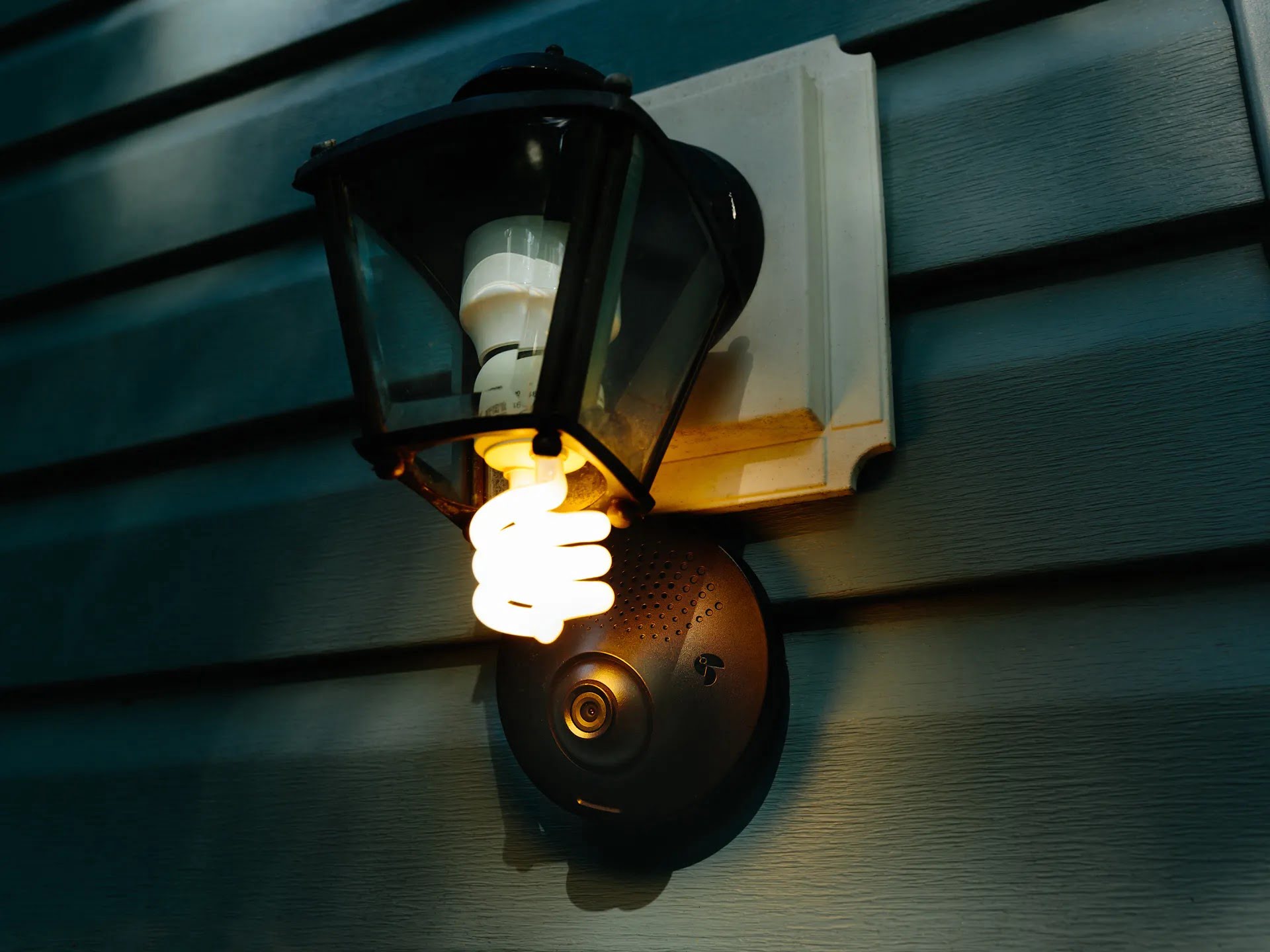
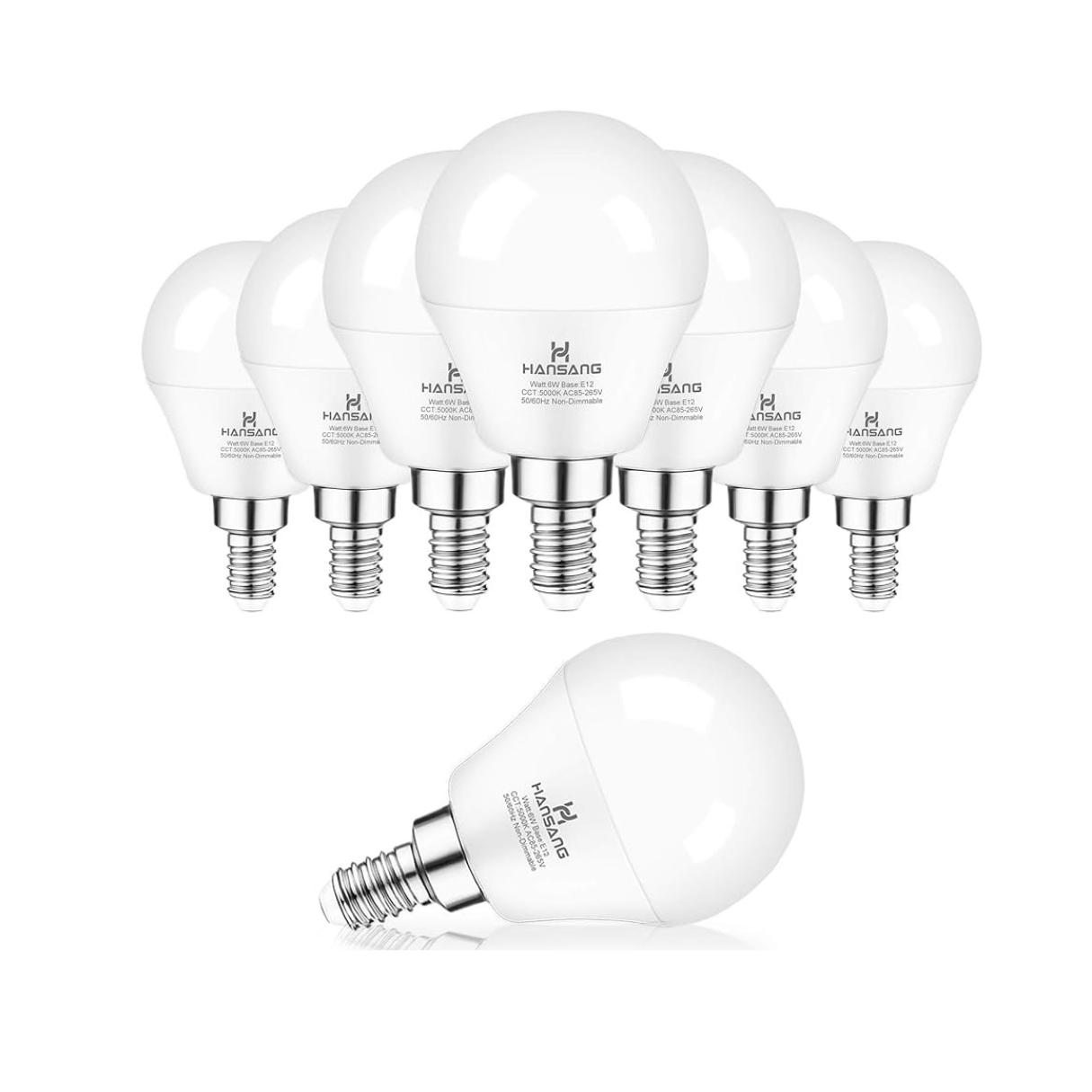
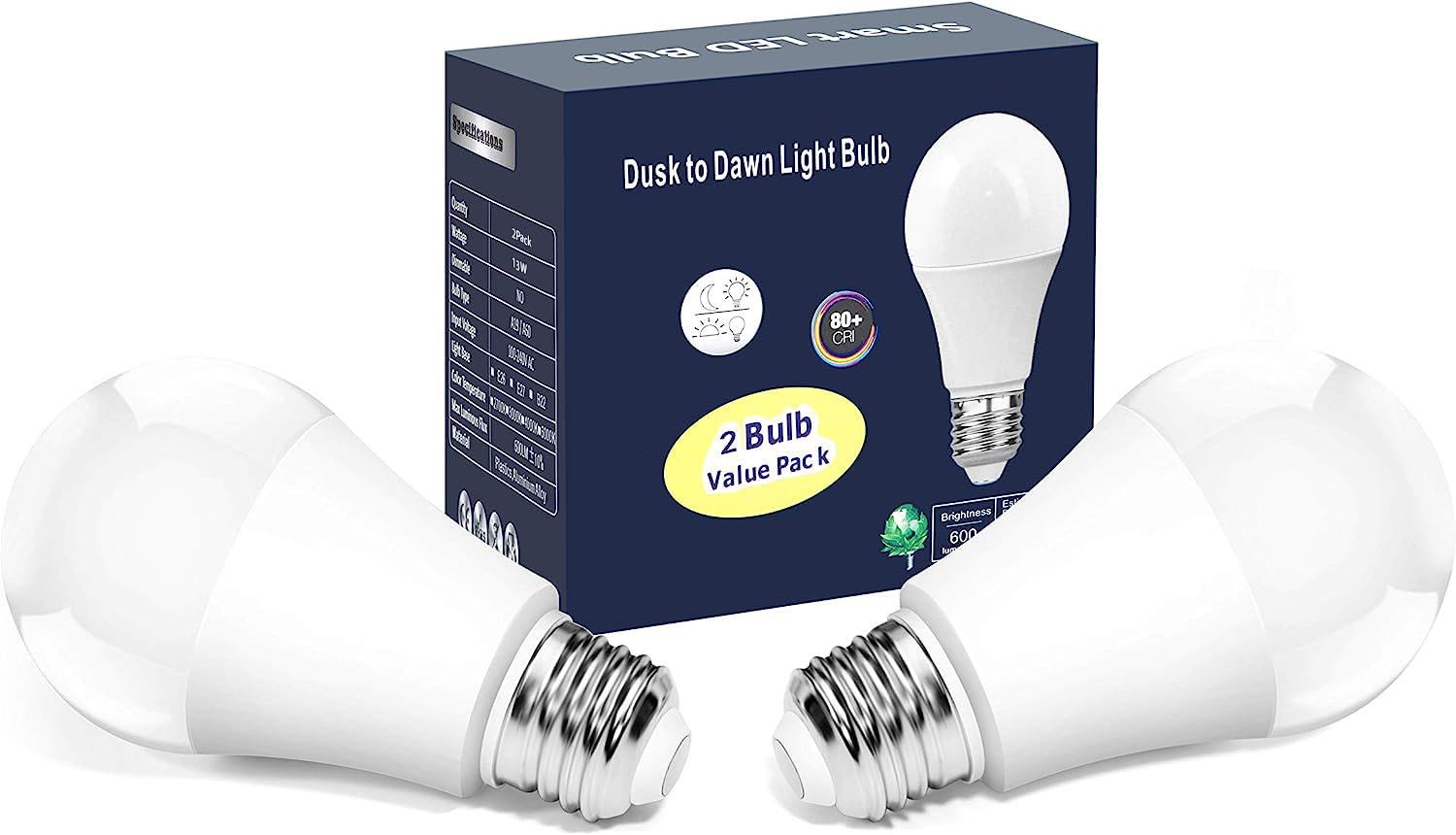
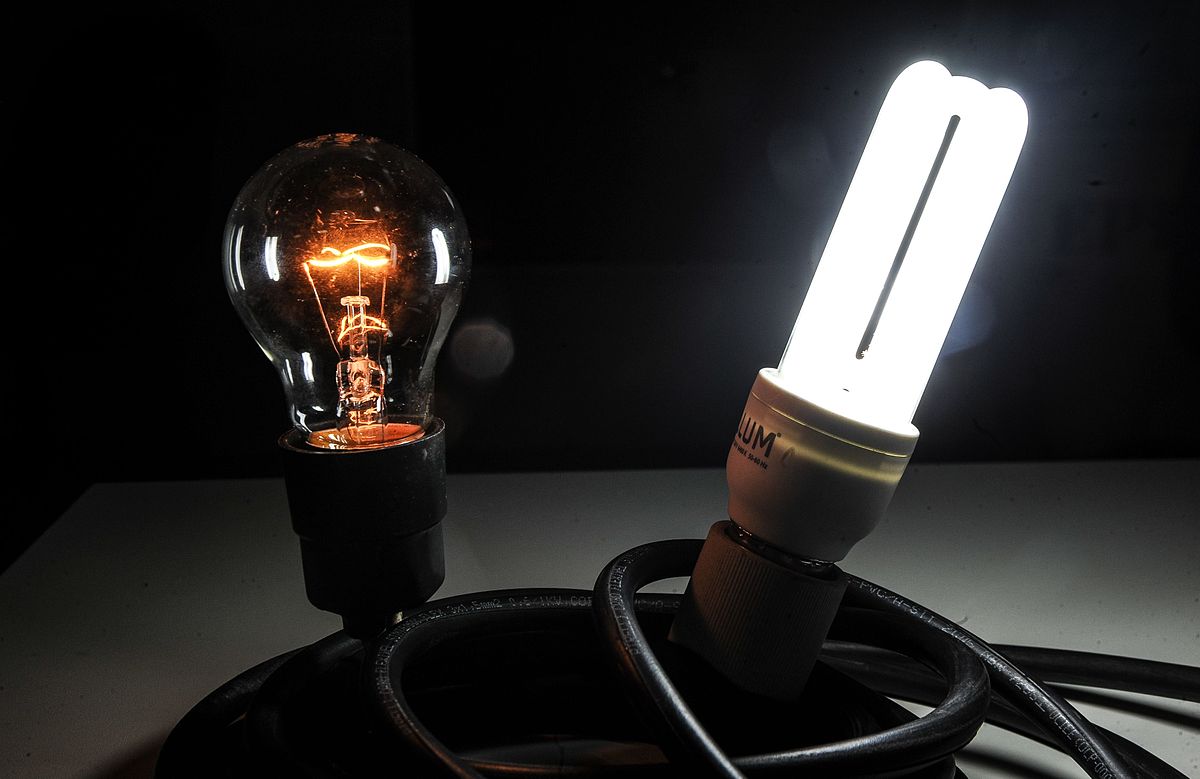
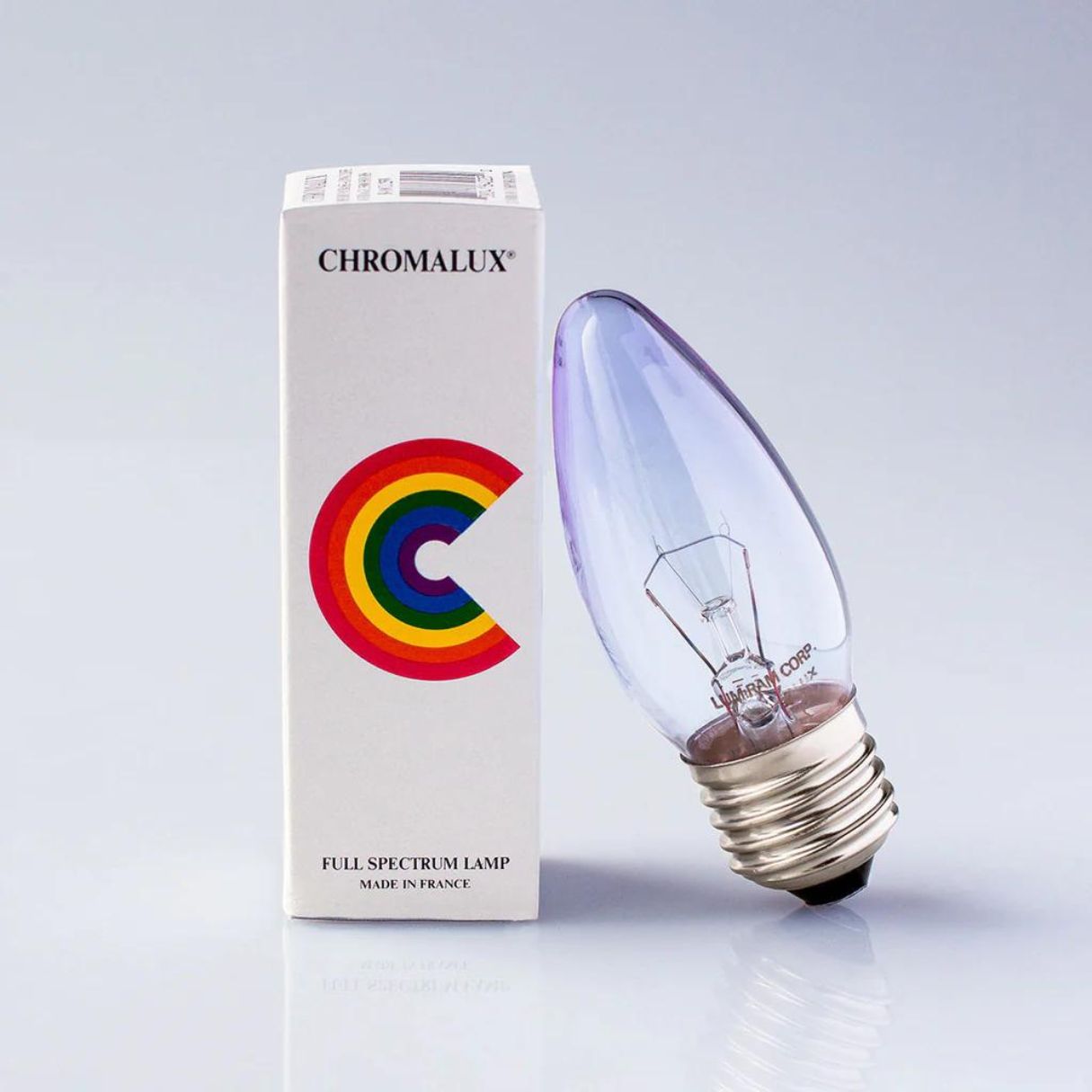
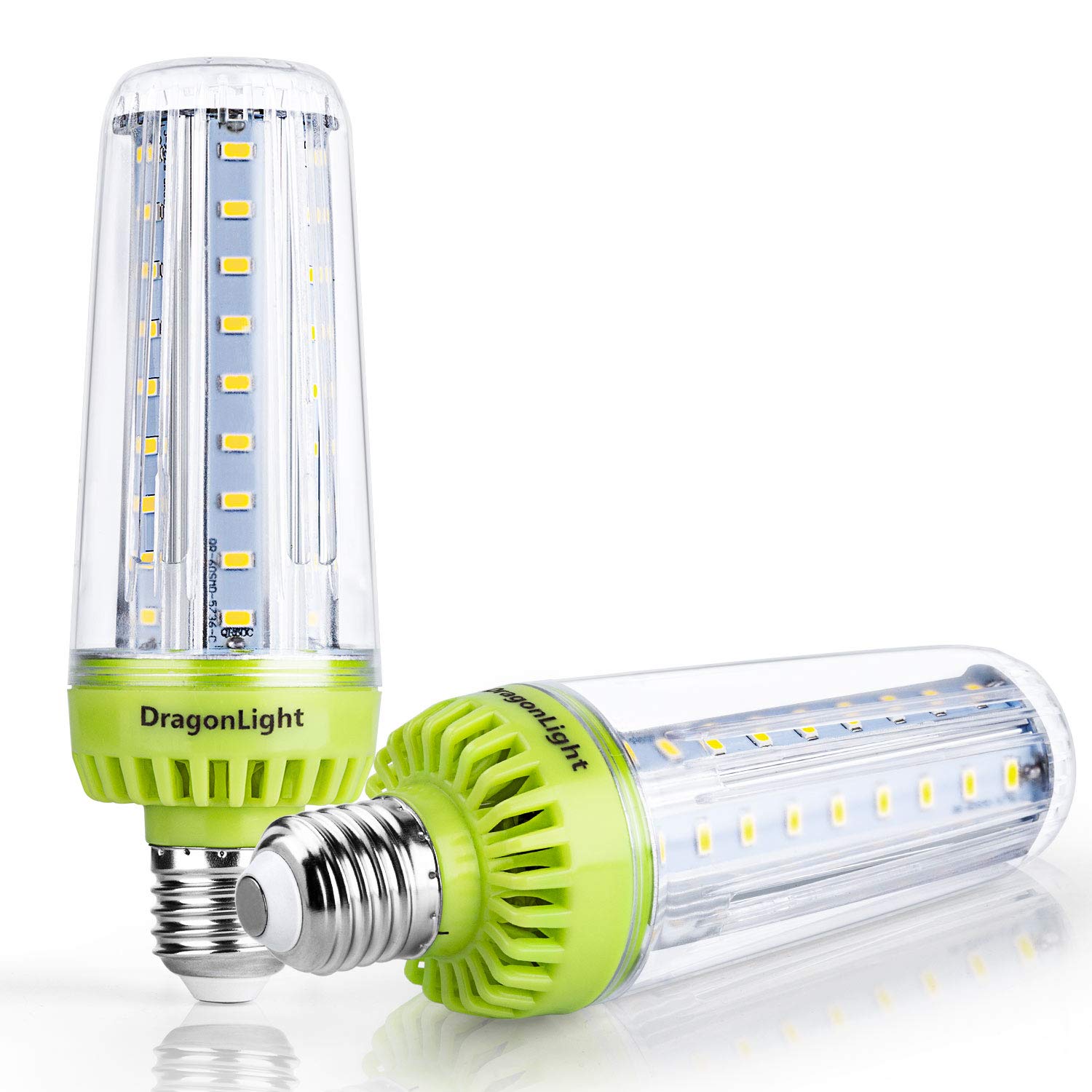

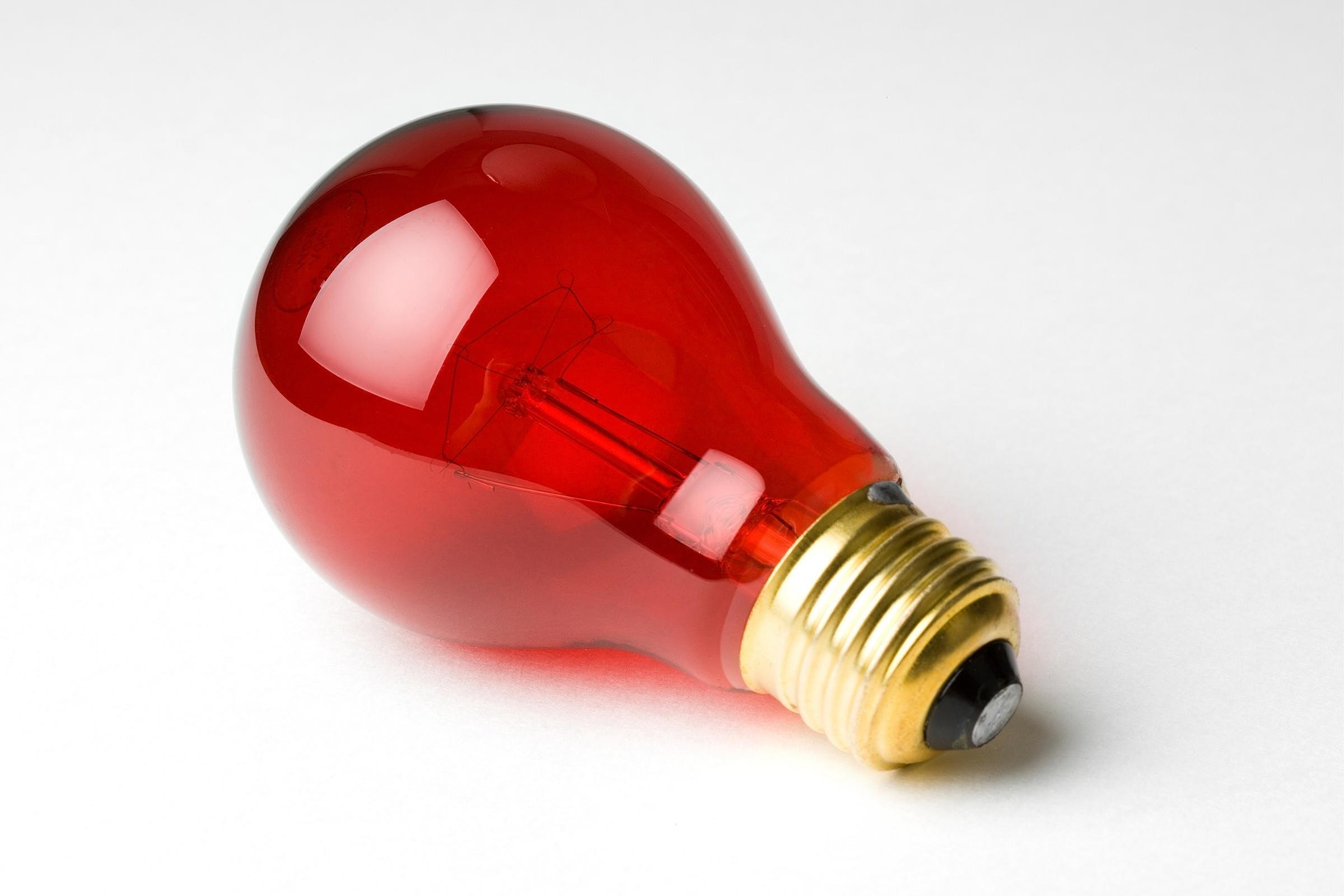


0 thoughts on “What Type Of Energy Does A Light Bulb Use”